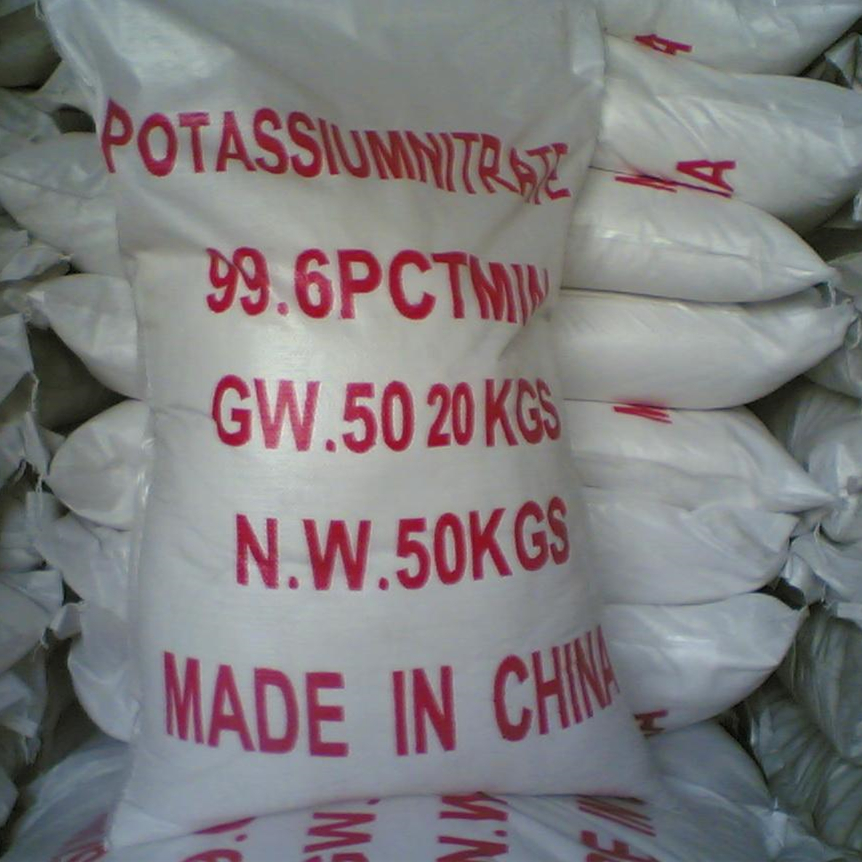
Aug . 07, 2024 22:45 Back to list
Understanding the Benefits of 46% Nitrogen Fertilizer for Optimal Crop Growth and Yield Enhancement
The Role of 46% Nitrogen Fertilizer in Modern Agriculture
In the ever-evolving landscape of modern agriculture, effective fertilization strategies are paramount for maximizing crop yields and ensuring food security. One of the most significant advancements in this field is the development and use of nitrogen fertilizers, particularly those with a high nitrogen concentration like 46% nitrogen fertilizer. This article delves into the importance of nitrogen fertilizers, their application, and their impact on agricultural practices.
Understanding Nitrogen Fertilizer
Nitrogen (N) is an essential macronutrient that plays a crucial role in plant growth and development. It is a key component of chlorophyll, the pigment responsible for photosynthesis, and is also integral to amino acids, which are the building blocks of proteins. Without sufficient nitrogen, plants exhibit stunted growth, yellowing leaves, and ultimately reduced yield.
The 46% nitrogen fertilizer typically refers to urea, a solid nitrogen fertilizer that provides a concentrated source of this vital nutrient. Urea is highly soluble in water, making it an effective option for farmers seeking to enhance soil fertility and improve crop production.
Benefits of Using 46% Nitrogen Fertilizer
1. High Nutrient Concentration One of the primary advantages of 46% nitrogen fertilizer is its high nitrogen content. This allows farmers to apply less fertilizer while still meeting the nitrogen needs of their crops, reducing costs and minimizing environmental impact.
2. Versatility Urea can be used in various forms, including granular, prilled, or as a solution, making it adaptable for different application methods such as broadcasting, banding, or foliar application. This flexibility allows farmers to choose the best method for their specific crop and soil conditions.
3. Enhances Crop Yield Proper application of nitrogen fertilizer directly correlates with increased crop yields. Nitrogen fosters robust plant growth, leading to better root systems, higher biomass production, and improved overall health, which translates to higher marketable yields.
46 0 0 nitrogen fertilizer

4. Soil Health Improvement Nitrogen fertilizers, when used efficiently, can enhance soil structure and fertility. Increased nitrogen availability encourages the proliferation of beneficial soil microorganisms that contribute to nutrient cycling and organic matter decomposition.
Best Practices for Application
While the benefits of 46% nitrogen fertilizer are clear, responsible application is crucial to minimize potential negative impacts
. Here are some best practices1. Soil Testing Before applying nitrogen fertilizers, conducting soil tests is essential to determine the current nutrient status and pH level. This helps in formulating an appropriate fertilization strategy customized for specific crops and soil types.
2. Timing and Rate of Application Timing is critical in nitrogen fertilizer application. Splitting applications throughout the growing season can maximize nitrogen uptake by plants and minimize losses due to leaching or volatilization.
3. Use of Technology Implementing precision agriculture techniques, such as GPS-guided equipment and drones, can optimize the application rates of nitrogen fertilizers, ensuring that crops receive adequate nutrients without over-application.
4. Environmental Considerations Farmers must be aware of the potential environmental impact of nitrogen runoff, which can lead to water pollution and eutrophication. Incorporating buffer zones and practicing crop rotation can mitigate these issues.
Conclusion
In conclusion, 46% nitrogen fertilizer plays a vital role in contemporary agriculture, offering numerous benefits that enhance crop yields and bolster food production. However, its effectiveness hinges on responsible application practices that prioritize both crop health and environmental sustainability. By embracing these best practices, farmers can harness the power of nitrogen fertilizers to cultivate a better future for agriculture.
-
Premium Amino Acid Fertilizer | Rapid Plant Growth Booster
NewsJul.31,2025
-
10 10 10 Fertilizer Organic—Balanced NPK for All Plants
NewsJul.30,2025
-
Premium 10 10 10 Fertilizer Organic for Balanced Plant Growth
NewsJul.29,2025
-
Premium 10 10 10 Fertilizer Organic for Balanced Plant Growth
NewsJul.29,2025
-
Premium 10 10 10 Fertilizer Organic for Balanced Plant Growth
NewsJul.29,2025
-
50 Pound Bags of 13-13-13 Fertilizer for All Plants – Bulk & Organic Options
NewsJul.28,2025
